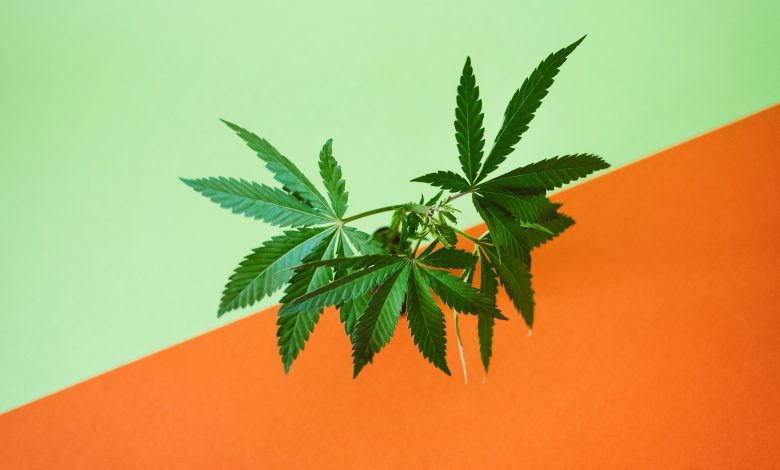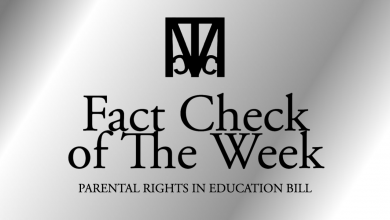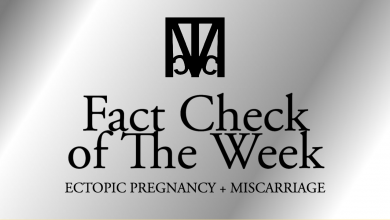A Recreational Derangement: The Unknown Dangers of Marijuana

Weed. The number 420. “Stoners” and “potheads”. Smoking marijuana has been ingrained into American culture since the 1960’s. Whether it be through a cigarette, a bong, or an edible, the drug has been and continues to be commonly used throughout the United States; 33 million adults, over one tenth of the US population, admitted to regular use of pot in 2017. Celebrities proudly admit to using it, and politicians are pushing to completely legalize it (considering weed has remained federally illegal since the Controlled Substance Act was passed in 1970).
But what exactly is this popular psychoactive drug? Is marijuana truly the safe alternative to hard opioids? Or is there something these well-mannered proponents aren’t telling us?
Well, smokable marijuana is procured by harvesting and curing selectively bred cannabis plants. From this, an array of different products can be created, such as hashish, concentrates, edibles, or the traditional dried flower. All of these forms of marijuana can be used to get high, although they vary in potency.
Of the various chemicals in the drug, the two that are most notable are CBD and THC. CBD is well known for its new-found medicinal uses; studies have found that the substance is useful in treating different forms of chronic pain as well as seizures. It’s considered by many to be a miracle drug, and pro-cannabis advocates use this on many occasions to justify legalization (although most cannabis in reality has very low concentrations of the chemical).
THC is a bit of a different story. It’s the active psychostimulant in the drug and is what causes the high. In the 70’s, most of smoked marijuana only contained about 5% THC, however, cannabis has become significantly more potent in recent years, with modern cannabis containing as much as 25% THC; not to mention, many new forms of marijuana consumption, such as shatter wax, have been manufactured to distill the substance for greater psychedelic effect, and many blends contain nearly 100% THC.
This doesn’t bode well for many marijuana users. This increased level of psychostimulant has a drastic effect on brain chemistry besides the short-term impairment. Statistical evidence shows there’s a direct link between regular marijuana abuse and the development of mental disorders, with the most frequent being schizophrenia. Marijuana use has also been shown to have a greater correlation with violence than alcohol, a substance well known for causing abusive tendencies. Moreover, use in adolescents has been shown to cause mental and physical development issues, with many users growing up to have drops in IQ, infertility, and complication of short-term memory.
It’s a proven fact; the more pot you smoke, and the younger you are, the more likely you are to run into health complications.
This information is by no means recently discovered. Ancient and modern civilizations from across the planet have warned humanity of the dangers of marijuana for thousands of years; Ancient Chinese texts from nearly 2000 years ago documented the smoked plant, which was said to have caused “seeing devils”, “uncontrollable violence and criminal inclinations.” In 19th century India, the drug went by the names of bhang, ganja, or charas, and was documented by British colonists as having a tendency to produce insanity in habitual use. In 20th century Mexico, it was considered to be basic knowledge that the drug made users prone to violence and self-injury; in one notorious case in 1913, the governor of Mexico City even attempted to escape punishment for killing a political rival by simply claiming he was unaware of his actions due to the effects of marijuana. Time and time again, history proves that marijuana is indeed dangerous.
And the problems don’t stop there. From a theological standpoint, marijuana can be incredibly dangerous to Christians. The high the drug provides (which goes against the Bible’s teaching on clarity of mind) can alter a Christian’s state of mind and hamper their ability to be an example and share the Gospel. Moreover, marijuana’s addictive ability can create strongholds for believers and non-believers alike, making it difficult for them to grow closer to God.
It would be in America’s best interest to set parameters on marijuana usage before even considering legalization. The health risks are simply too great to allow for such action to take place without proper guidelines, especially considering that there’s a direct correlation between legalization and increased usage. Making the public aware of the risks and setting legal restrictions on how much cannabis can be bought and consumed would be essential in protecting Americans from negative effects, and may even bring some to oppose legalization. Subjecting our citizens to life-changing illnesses without giving them the knowledge on how to avoid it would simply be irresponsible.
(Note: This blog was created as part of a school assignment that I undertook earlier this year. I was following specific standards and guidelines for the assignment to create this composition, although I have recently gone back and edited a few portions of the text for better clarity. I still hold to my convictions on the topic and feel it is something that must be better understood in this culture.)




